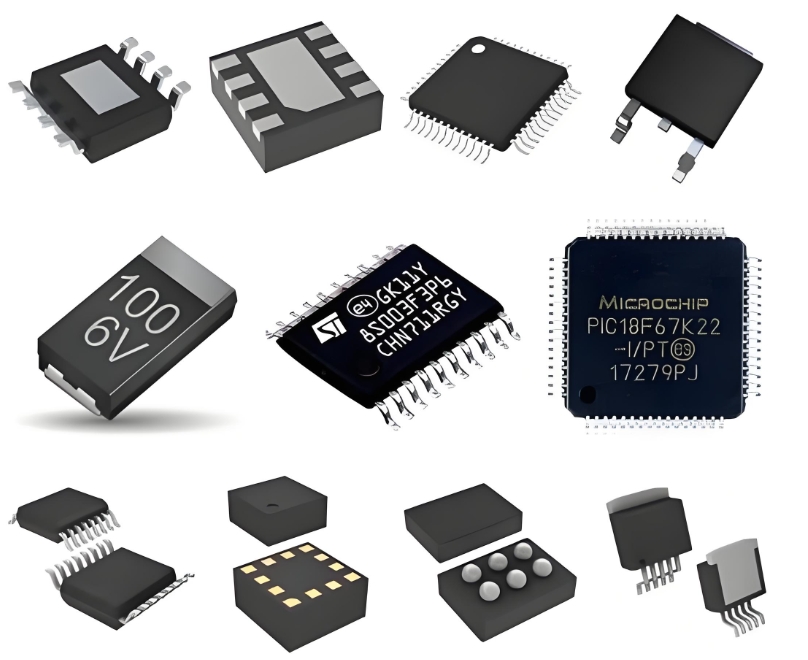**AD9887AKSZ-140: A Comprehensive Technical Overview and System Integration Guide**
The **AD9887AKSZ-140** from Analog Devices is a high-performance, triple 8-bit, 140 MSPS analog-to-digital converter (ADC) specifically designed for capturing and digitizing analog RGB signals from graphics sources in digital display applications. It serves as a critical bridge between analog video sources and digital display systems, making it a cornerstone component in a wide array of professional and consumer electronics, including digital CRT displays, liquid crystal displays (LCDs), projectors, and plasma display panels.
**Technical Architecture and Core Features**
At its heart, the AD9887AKSZ-140 integrates three 140 MSPS ADC channels, each dedicated to processing one of the three primary color components: red, green, and blue. This architecture ensures **precise synchronization and minimal skew** between the color channels, which is paramount for maintaining color fidelity and image integrity.
A key feature of this device is its **integrated Phase-Locked Loop (PLL)**. The PLL generates a high-speed sampling clock from the incoming Horizontal Sync (HSYNC) signal. This eliminates the need for an external clock source, simplifies system design, and ensures the sampling clock is perfectly phase-locked to the pixel clock of the incoming analog signal, minimizing sampling jitter and maximizing conversion accuracy.
The device offers a wide **analog input bandwidth** of 300 MHz, allowing it to accurately capture very high-resolution graphics signals without degradation. It supports analog input voltages from 0.5 V to 1.0 V peak-to-peak, programmable via an I²C serial interface. This interface also provides extensive control over various parameters, including gain, offset, clamp positioning, and power management, enabling fine-tuning for specific system requirements.
Furthermore, the AD9887AKSZ-140 includes **on-chip, 1.25V reference circuitry** and sync processing circuitry to handle composite sync and sync-on-green (SOG) signals, further reducing the external component count and overall system cost.
**System Integration Guide**
Successfully integrating the AD9887AKSZ-140 into a display system requires careful attention to several critical areas:
1. **Power Supply Decoupling:** As with any high-speed mixed-signal IC, **robust power supply decoupling is absolutely essential**. Utilize a combination of bulk, tantalum, and ceramic capacitors (0.1 µF and 0.01 µF) placed as close as possible to the power supply pins (AVCC, DVCC) to suppress noise and ensure stable operation.

2. **PCB Layout Considerations:** The board layout is crucial for achieving the rated performance. **Separate the analog and digital ground planes**, joining them at a single point, typically under the device. Keep analog input traces short, impedance-controlled, and away from noisy digital lines and switching power supplies to prevent noise coupling.
3. **Analog Input Interface:** The analog inputs should be driven from a low-impedance source. For optimal performance, use a dedicated video buffer or amplifier between the source and the AD9887 inputs to provide a high-quality, low-noise signal with well-defined termination.
4. **Clock Management:** While the internal PLL simplifies clock generation, ensuring a clean and stable HSYNC input is critical. Any jitter on the HSYNC signal will directly translate into sampling clock jitter, potentially degrading the signal-to-noise ratio (SNR).
5. **Configuration via I²C:** Upon power-up, the device must be configured through its I²C serial port. The system microcontroller should load the appropriate register settings to configure gain, offset, clamp timing, and output formatting. Proper clamp placement is vital for establishing the correct black level in the digital output.
**ICGOOODFIND**
The AD9887AKSZ-140 remains a highly integrated and reliable solution for high-quality analog graphics digitization. Its combination of high sample rate, on-chip PLL, and flexible programmability makes it an excellent choice for designers seeking to **minimize external components while maximizing image quality and system reliability**. Proper attention to PCB layout, power integrity, and signal integrity is the key to unlocking its full performance potential.
**Keywords:**
1. **Analog-to-Digital Converter (ADC)**
2. **Phase-Locked Loop (PLL)**
3. **System Integration**
4. **Signal Integrity**
5. **I²C Configuration**
